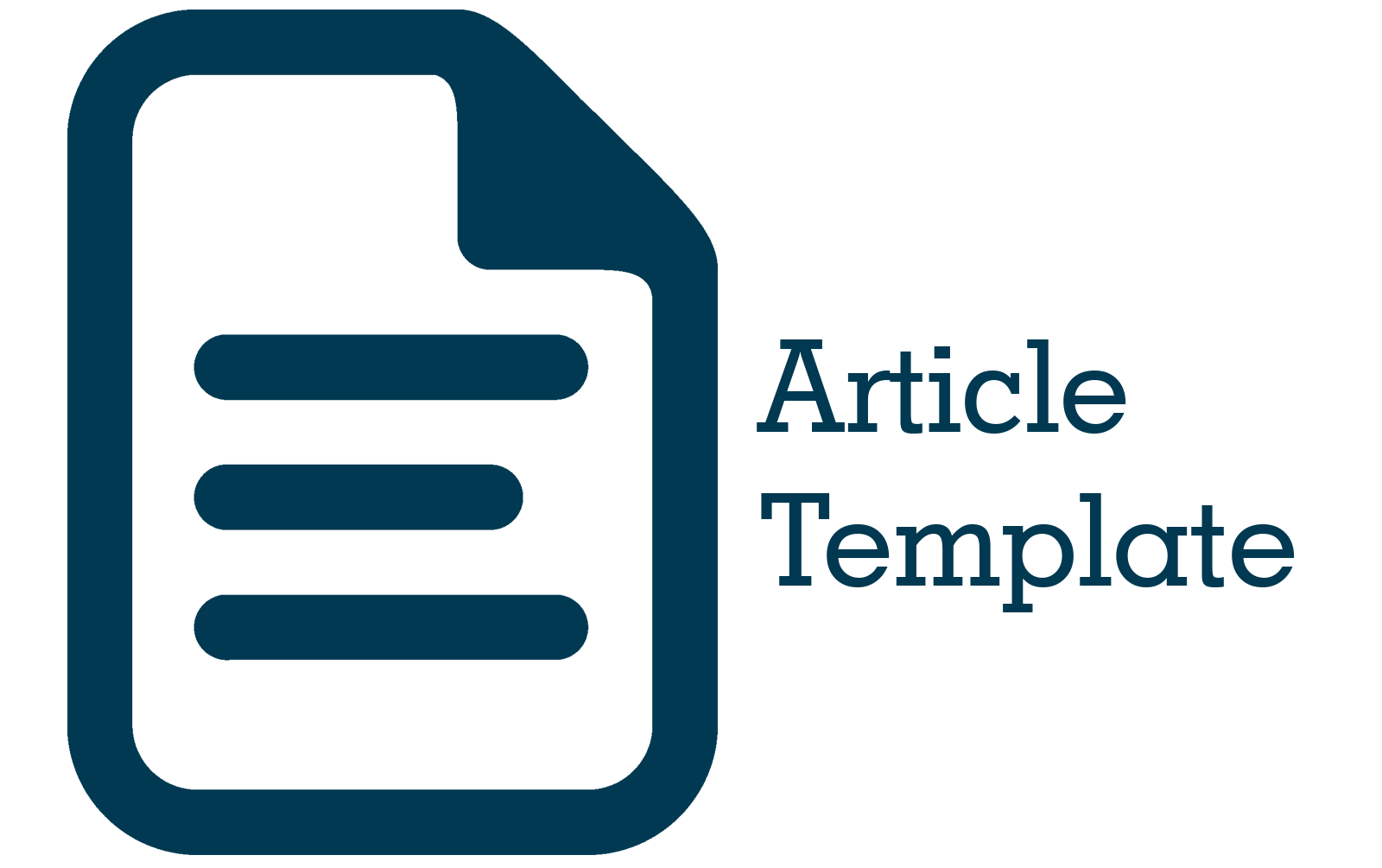Monitoring Korosi Discharge Conveyor F pada Tambang Batubara PT XYZ di Kabupaten Merangin Provinsi Jambi
Abstract
Abstract. Conveyors are the most widely used means of transporting raw materials in the mining industry, which are used to move excavated materials from the previous location to the next location, such as a stockpile. The conveyor structure used is made of carbon steel which is susceptible to corrosion. This research was conducted on the structure conveyor along 114 meters divided into 3 segments with 25 test points. This study aims to determine the type of corrosion, corrosion control, corrosion rate and the remaining life of the structure conveyor. The research was conducted on a 114 meter long conveyor structure which was divided into 3 segments and 25 test points, with a service life of 7 years and a design life of 15 years. The research methodology is the measurement of the thickness reduction of the conveyor structure. The actual thickness has a value ranging from 7.66-12.19mm measured with the Ultrasonic Thickness Gauge TT 130. Environmental data is in the form of rainfall data for 2015- 2019 with an average of 236.83 mm/year, average air temperature of 27.83°C and an average relative humidity of 85.60 %. The type of corrosion that occurs in the structure conveyor is uniform corrosion. The corrosion control method applied to the conveyor structure is the coating method with a primer coating Seaguard 5000, Intermediate coating Sherglass FF and top coating Aliphatic acrylic modified polyurethane. The corrosion rate of the structure conveyor ranges from 0.186-0.334 mm/year.
Abstrak. Conveyor merupakan alat angkut raw material yang paling banyak dipakai di industri pertambangan yang digunakan untuk memindahkan material bahan galian dari tempat sebelumnya ke tempatnya selanjutnya seperti stockpile. Struktur conveyor yang digunakan adalah berbahan dasar baja karbon yang rentan terhadap korosi. Tujuan penelitian ini adalah untuk mengetahui jenis korosi, metode pengendalian korosi, laju korosi dan sisa umur pakai struktur conveyor. Penelitian dilakukan pada struktur conveyor sepanjang 114 meter yang dibagi menjadi 3 segmen dan 25 test point, dengan umur pakai 7 tahun dan umur desain 15 tahun. Metodologi penelitian adalah pengukuran pengurangan ketebalan struktur conveyor. Tebal aktual mempunyai nilai berkisar 7,66-12,19mm diukur dengan alat ukur Ultrasonic Thickness Gauge TT 130. Data lingkungan berupa data curah hujan tahun 2015-2019 dengan rata-rata 236,83 mm/tahun, suhu udara rata-rata 27,83 C dan kelembaban relatif rata-rata 85,60 %. Pada penelitian ini jenis korosi yang terjadi pada struktur conveyor yaitu korosi merata. Metode perlapisan ini menggunakan sistem 3 lapisan anti korosi yang terdiri dari lapisan primer Seaguard 5000, lapisan antara Sherglass FF dan lapisan atas Aliphatic acrylic modified polyurethane. Laju korosi struktur conveyor yaitu 0,186-0,334 mm/tahun.
References
2. Anonim, 2015, “Inspector’s Examination, Pressure Piping Inspector (API 570)”, American Petroleum Institute, Washington DC.
3. Budi Utomo, 2009, “Jenis Korosi Dan Penanggulangannya”, Program Diploma III Teknik Perkapalan : UNDIP
4. Franks M. Daniel, Boger V. David, Mulligan R. Davis. 2010 “Sustainable Development Principles for the disposal of mining and mineral Processing Waste”. Australia
5. Hunafa, Irham, Moralista, Elfida, dan Pramusanto, 2018, “Penentuan Laju Korosi dan Sisa Umur Pakai (Remaining Service Life/RSL) Discharge Conveyor Di PT Genesa Korosi Indonesia Pada Site PT Amman Mineral Nusa Tenggara, Kabupaten Sumbawa Barat, Provinsi Nusa Tenggara Barat”, Prosiding Teknik Pertambangan, ISSN: 2460-6499, Universitas Islam Bandung, Bandung.
6. Jonnes, Danny A. 1991, “Principles and Prevention of Corrosion”, New York, Macmillan Publishing Company.
7. J.R. Davis Davis & Associates, 2000, “Corrosion Understanding The Basics”, ASM International.
8. Kentucky Geological Survey, University of Kentuckey, 2012, “Classification and Rank of Coal”.
9. Nedal Mohamed, 2009, “Comparative Study of the Corrosion Behaviour of Conventional Carbon Steel and Corrosion Resistant Reinforcing Bars”, Department of Civil Engineering, University of Saskatchewan.
10. Nurjumanah, Ai., Moralista, Elfida., dan Yuliadi. 2021. “Penentuan Laju Korosi dan Sisa Umur Pakai (Remaining Service Life/RSL) Discharge Conveyor di Pt Ganesa Korosi Indonesia Pada Site PT Amman Mineral Nusa Tenggara, Kabupaten Sumbawa Barat Provinsi Nusa Tenggara Barat”. Bandung. Prosiding Teknik Pertambangan. Universitas Islam Bandung. ISSN: 2460-6449. Universitas Islam Bandung.
10. Roberge, Pierre. R, 2000, “Handbook of Corrosion Engineering”, New York, McGraw-Hill.
11. R. Winston Revie, Herbert H. Uhlig, 2008, “Corrosion And Corrosion Control”, Department of Materials Science and Engineering: Massachusetts Institute of Technology
12. Sefnath,Adrabiz, 2017, “Cara Pengendalian Korosi“, kinetika, hmtk, undip, co.id.
13. Sidiq, Fajar., 2013, “Analisa Korosi dan Pengendaliannya”, Jurnal Foundry, ISSN: 2087-2259, Akademi Perikanan Baruna Slawi, Slawi.
14. Trethewey, Kenneth R dan Chamberlain, Jhon,1991, “Korosi”, Jakarta, Gramedia Pustaka Utama











